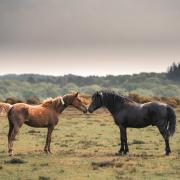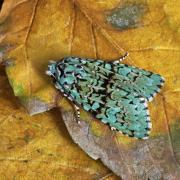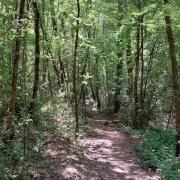While parasites can have a bad reputation as an unwanted guest, nature’s hangers on are also a vital element of a healthy ecosystem, helping to keep some populations in check while helping to feed others. Conservation programmes can sometimes overlook these ingenious organisms meaning they may be more vulnerable to extinction.
The greater broomrape is a rare parasitic plant that defies the norm in the botanical world. Unlike most plants that rely on photosynthesis, this species has evolved a unique strategy for survival. Instead, it forms a symbiotic relationship with gorse bushes and broom, drawing all necessary food from their root systems. By attaching itself to roots, the broomrape taps into nutrient-rich sap. As it grows, the parasite forms clusters of small, tubular, yellowish spikes that emerge from the ground in the summer months. These spikes serve as reproductive structures for the plant, enabling it to disperse its seeds and continue its lifecycle.

Despite its clever survival techniques, the greater broomrape's existence is threatened, and its population decline has caused alarm. However, at Ibsley Common in Hampshire there is a glimmer of hope, with a survey earlier this year revealing a thriving population that could be the largest in mainland Great Britain. This provides an opportunity to study the parasite and understand the secret to its success at this spot.
Ibsley is a former gravel pit purchased from Tarmac by Hampshire County Council in 1996. At this time, the site had not been worked as a quarry for decades and had become naturally vegetated. It has evolved to become a Site of Special Scientific Interest in recognition of the fauna or flora it contains. It’s not known when greater broomrape first appeared, but it is possible the quarry workings ‘reawakened’ dormant seeds or seeds were accidentally introduced from another area, by the passage of traffic. Since then, conservation methods have included cutting the gorse area by hand, removing invasive silver birch, and small-scale burning. We believe it is a combination of these that has helped broomrape to thrive.




























